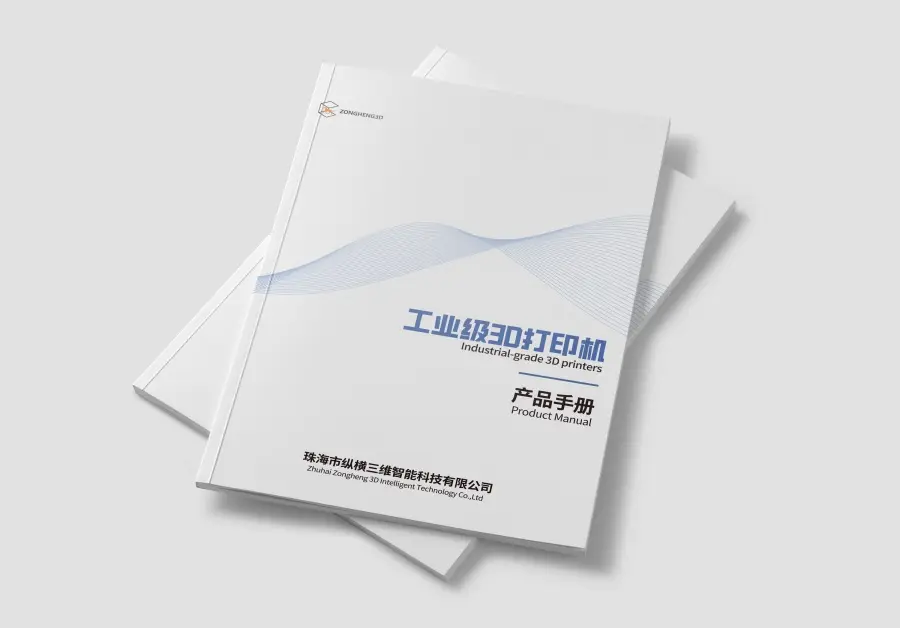In the realm of rapid manufacturing, Selective Laser Sintering (SLS) has emerged as a prominent 3D printing technology. Its ability to fabricate intricate and durable parts has opened up new possibilities across various industries. However, a crucial aspect that demands attention is the cost associated with SLS 3D printing. This article delves into the factors influencing these costs, compares SLS with other 3D printing methods, and presents strategies for cost optimization.
Factors Affecting SLS 3D Printing Costs
Material Costs
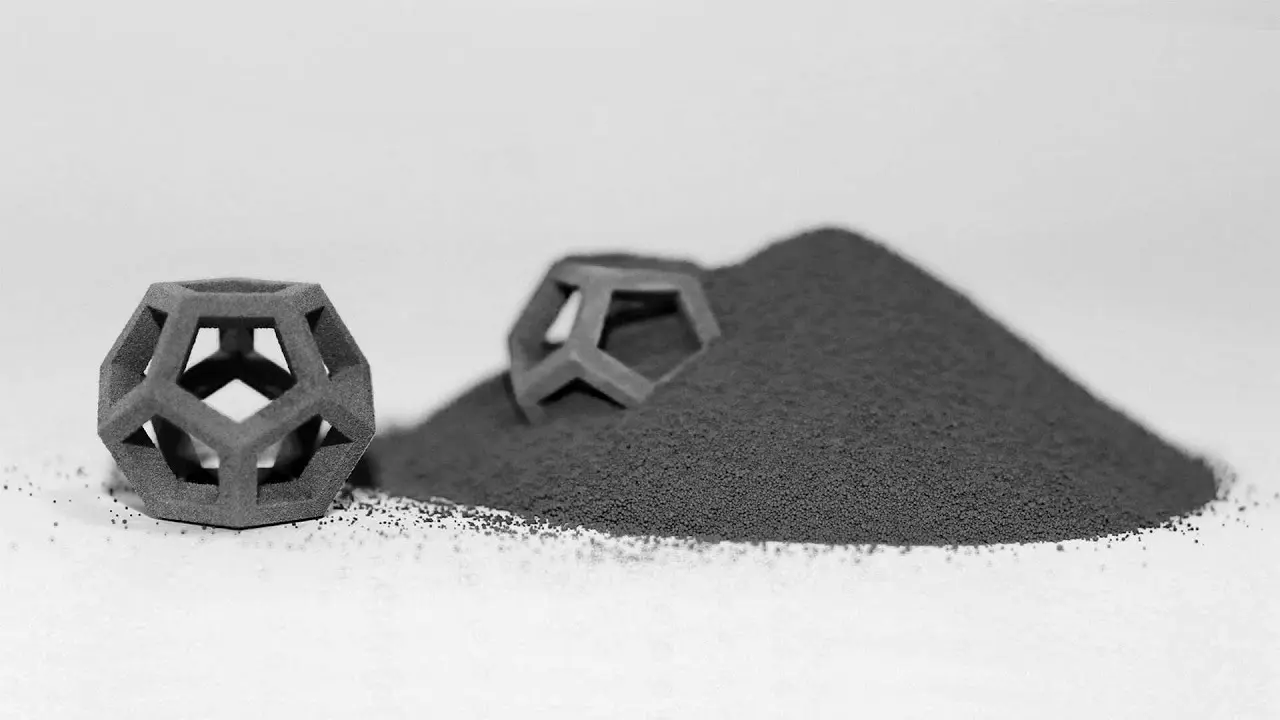
SLS primarily utilizes powdered materials. The choice of material significantly impacts the overall cost. For instance, Nylon PA12, known for its durability and versatility, ranges from $50 to $100 per kg. Nylon PA11, which is biodegradable and offers higher flexibility, costs between $80 and $150 per kg. Composites like glass-filled materials, with enhanced strength and wear resistance, are priced from $100 to $200 per kg. TPU, suitable for flexible and soft-touch applications, also falls in the $100 – $200 per kg range. Materials with specialized properties such as flame resistance or biocompatibility are generally more expensive but are essential for specific applications. Notably, SLS allows for the recycling of unused powder, which helps in reducing material waste and overall costs.
Machine Costs
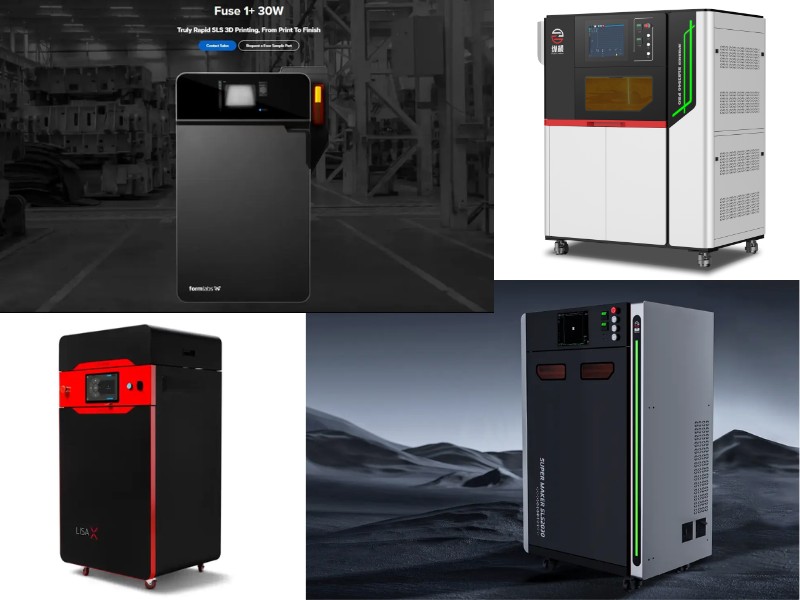
The cost of the SLS machine is a critical determinant in the pricing of printed parts. Desktop SLS printers, typically used for small-scale production and prototypes, range from $10,000 to $50,000. Industrial SLS printers, designed for high-volume manufacturing and large parts, cost between $100,000 and $500,000. The initial investment includes not only the machine but also software, installation, and setup. Over time, the machine’s cost is amortized over the parts it produces. Higher usage leads to lower per-part costs due to depreciation.
Energy Consumption
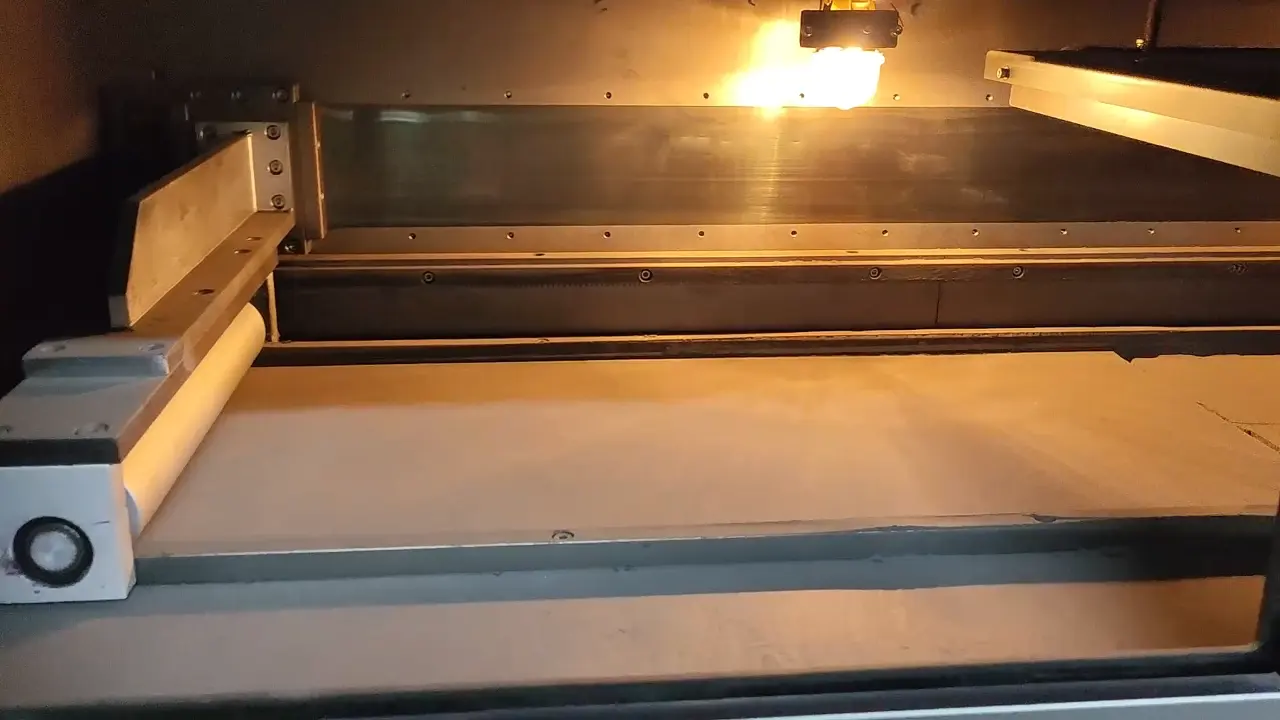
SLS is an energy-intensive process due to the high temperatures required. The energy consumption per part depends on factors such as part density and build height. A tightly packed print job consumes less energy per part. Taller builds may need longer printing times, increasing energy costs. Generally, energy costs add $1 – $3 per part for small builds, and the cost is higher for larger and more complex projects.
Labor Costs
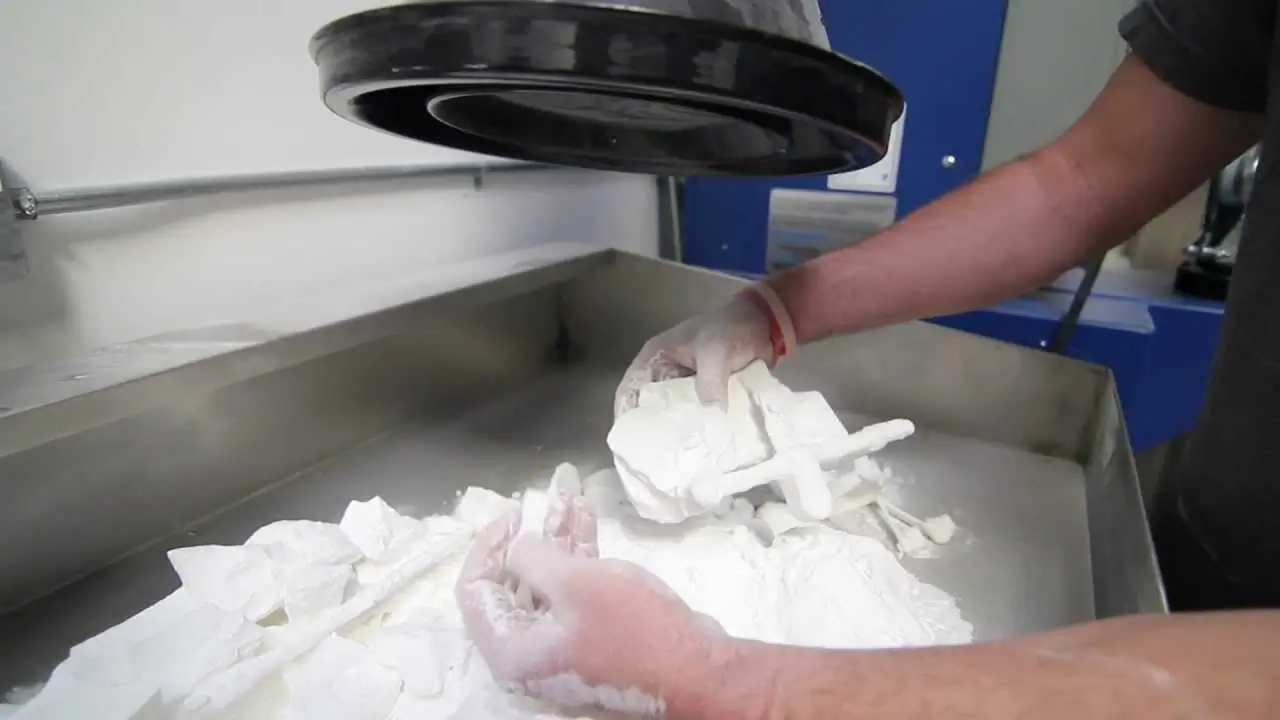
Although SLS offers automated printing, labor is involved in the pre- and post-processing stages. Pre-processing tasks like preparing 3D models for printing (including file optimization and orientation) may require skilled designers. Post-processing activities such as cleaning, removing excess powder, and finishing (e.g., dyeing or polishing) are labor-intensive and time-consuming. The cost per hour for pre-processing ranges from $20 to $50, with a medium potential for automation. Post-processing costs approximately $15 – $40 per hour, with a low automation potential.
Part Complexity and Size
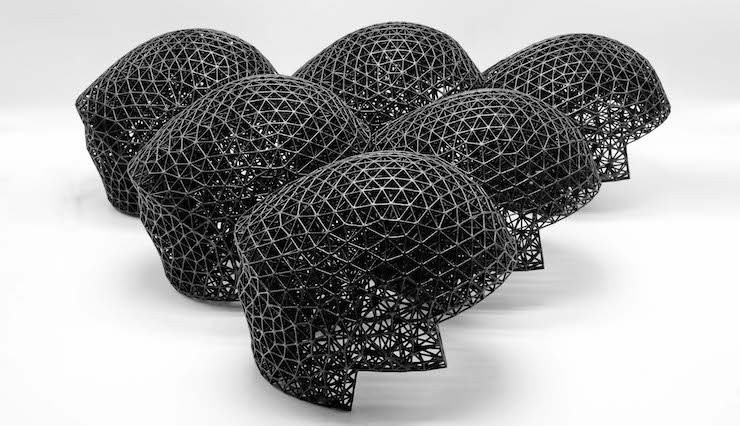
The size and intricacy of the design have a significant impact on costs. Complex parts with intricate designs demand more precision, increasing printing time and material usage. Larger components consume more material and often require larger build volumes, thereby adding to the costs. However, optimizing the design by using hollow structures or lattice geometries can effectively reduce material use and weight, resulting in cost savings.
Production Volume
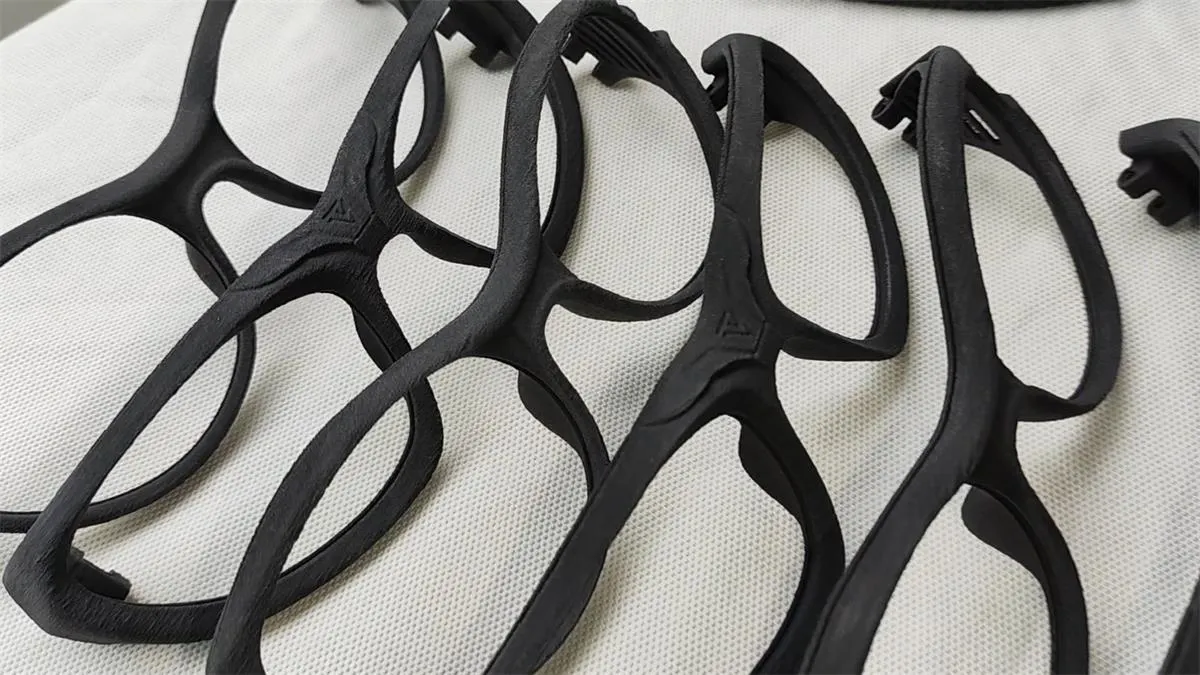
The number of parts produced in a single build is directly related to cost efficiency. Producing a single part is relatively expensive due to setup and energy costs. In contrast, batch production benefits from economies of scale, reducing the per-part cost as overhead is distributed. For example, when using Nylon PA12, the cost per part for a single unit may be $150, while for 50 units, it drops to $30, and for 200 units, it further reduces to $15.
Lead Time and Turnaround
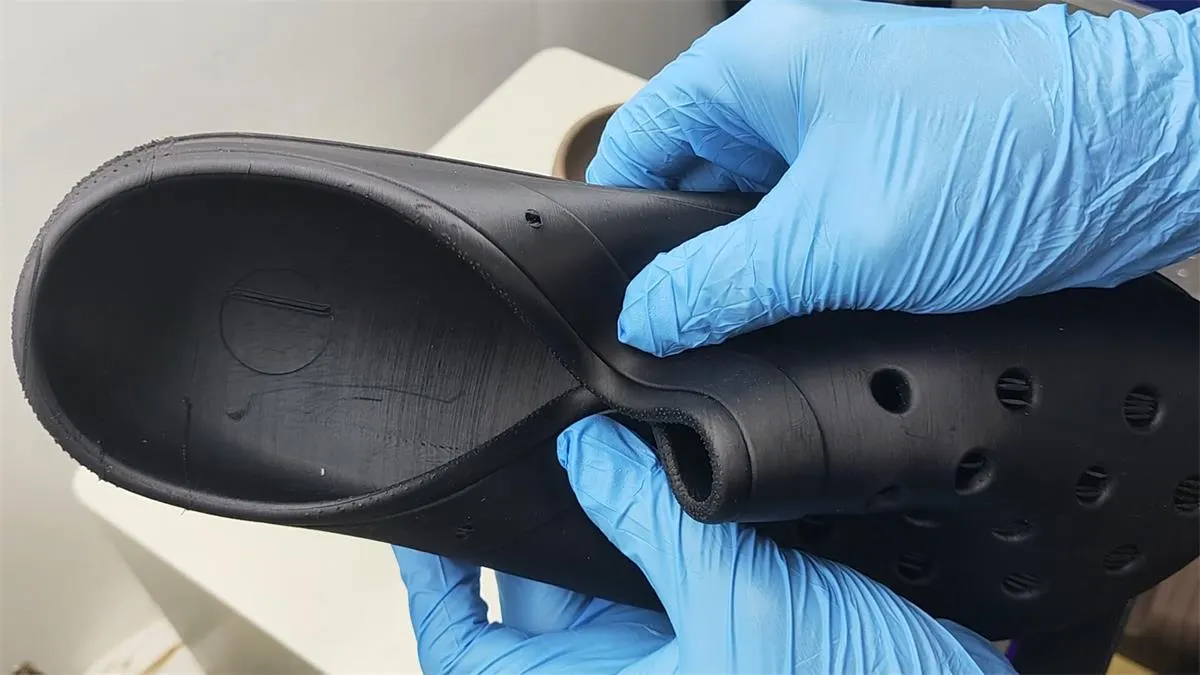
Expedited services for faster part production usually come at a higher cost due to prioritization and off-schedule production. On the other hand, longer lead times allow for more efficient scheduling and lower costs.
Cost Breakdown: Fixed, Variable, and Indirect Costs
Fixed Costs
Fixed costs are the initial and recurring investments necessary for operating an SLS printing setup, regardless of the production volume. These costs are spread over the equipment’s lifespan and are crucial for businesses deciding between in-house printing and outsourcing. The key components include:

- SLS Printer Investment: Industrial SLS printers cost between $100,000 and $500,000 (or more), while desktop printers range from $10,000 to $50,000. The printer’s cost is typically amortized over 5 – 10 years, depending on usage.
- Software and Licensing: Professional 3D modeling software like SolidWorks, Fusion 360, or Autodesk, essential for design preparation, costs around $1,000 – $4,000 per year for licenses. Slicing software, often proprietary to SLS printers, may also have an annual subscription fee.
- Maintenance and Upgrades: Regular maintenance is necessary to ensure consistent performance. Annual maintenance costs for industrial machines range from $5,000 to $15,000. Periodic firmware and hardware upgrades may also be required.
Variable Costs
Variable costs are directly related to the volume and complexity of SLS printing jobs. They include:

- Material Usage: SLS uses powdered materials such as Nylon PA12, PA11, and composites. Material costs vary from $50 to $200 per kg. The recyclability of the powder helps in reducing waste as unused powder can be reused in future builds.
- Energy Consumption: SLS printers maintain high temperatures (around 170 – 200°C for Nylon) throughout the process. Typical energy costs range from $1 to $3 per part, depending on build size and printer efficiency.
- Labor for Pre- and Post-Processing: Manual work is required for file preparation, powder removal and cleaning, and surface finishing. Labor costs typically range from $15 to $50 per hour, depending on the task’s complexity.
Indirect Costs
Indirect costs, often overlooked, can significantly impact the overall expenses. They support the production process but are not directly tied to individual part manufacturing. Key components include:

- Quality Assurance: SLS parts often need inspection to ensure dimensional accuracy and mechanical performance. Additional costs for CT scanning, tensile testing, or optical inspection may apply.
- Packaging and Shipping: Costs vary depending on the size, weight, and destination of the parts. For bulk orders, packaging materials like custom foam inserts can add up.
- Inventory and Storage: If parts are produced in advance, storage costs (e.g., warehousing or climate control for sensitive materials) need to be considered.
Comparing SLS with Other 3D Printing Methods
Technology Basics
- SLS (Selective Laser Sintering): In SLS, a laser fuses powdered material layer by layer to create solid parts. It is excellent for durable and functional parts, does not require support structures for complex designs, and offers high mechanical strength and isotropic properties. The costs are medium to high, depending on material and build size.
- FDM (Fused Deposition Modeling): FDM extrudes a filament through a heated nozzle to build parts layer by layer. It is affordable with low material costs and is ideal for simple prototypes and hobbyist projects. However, it has trade-offs in surface quality and strength.
- SLA (Stereolithography): SLA uses a UV laser to cure liquid resin layer by layer into a solid part. It provides a superior surface finish and detail resolution, making it ideal for aesthetic prototypes and intricate designs. The costs are medium, driven by resin and post-processing needs.
- MJF (Multi Jet Fusion): MJF employs a fusing agent and heat to bond powdered materials into parts. It offers fast production speeds and high consistency, suitable for both prototypes and end-use parts. The costs are comparable to SLS, sometimes slightly lower.
Cost Comparisons
- Material Costs
| Technology | Material Type | Cost Range (per kg) | Notes |
| SLS | Nylon powders, composites | $$50 -$$200 | Recyclable powder reduces waste. |
| FDM | PLA, ABS, PETG | $$20 -$$50 | Cheapest material option. |
| SLA | Photopolymer resins | $$100 -$$300 | Limited recyclability; resin is expensive. |
| MJF | Nylon powders | $$60 -$$150 | Efficient powder usage. |
- Part Complexity and Design Freedom
SLS and MJF are well-suited for complex designs as they do not require support structures. FDM struggles with intricate features and overhangs due to its reliance on supports. SLA excels at fine detail but needs support structures, increasing material waste and post-processing time.
- Production Volume
- Post-Processing Costs
| Technology | Typical Post-Processing Steps | Estimated Cost Impact |
| SLS | Powder removal, optional dyeing or polishing | $$5 -$$20 per part |
| FDM | Support removal, sanding, painting | $$1 -$$10 per part |
| SLA | Support removal, UV curing, sanding | $$10 -$$30 per part |
| MJF | Powder removal, optional dyeing or smoothing | $$5 -$$15 per part |
- Quality vs. Cost Trade-offs
- Surface Finish: SLA has the best surface finish with minimal visible layers. SLS and MJF have a good finish but with a slightly rough, powdery texture. FDM has noticeable layer lines unless extensively post-processed.
- Mechanical Properties: SLS and MJF produce strong and isotropic parts, ideal for functional use. FDM is anisotropic (weaker along certain axes) and better for prototypes. SLA parts are brittle and more suitable for aesthetic purposes.
- Time to Production
| Technology | Typical Turnaround Time | Best Use Case |
| SLS | 2 – 5 days | Functional prototypes, low-volume production. |
| FDM | 1 – 3 days | Quick, affordable prototypes. |
| SLA | 2 – 4 days | Aesthetic or highly detailed prototypes. |
| MJF | 1 – 4 days | Efficient for medium to high-volume production. |
Cost Optimization Strategies for SLS 3D Printing
Design for SLS
The design of the part plays a crucial role in SLS printing costs. By making intelligent design choices, one can reduce material use, printing time, and post-processing complexity. Some tips include:

- Lightweight Structures: Using hollow designs or lattice structures can significantly reduce material consumption while maintaining strength. Software tools like Autodesk Netfabb or nTopology can assist in optimizing lattice geometry.
- Combine Parts into a Single Build: Consolidating multiple components into one print can reduce assembly and material costs. For example, instead of printing separate brackets and connectors, design them as an integrated part.
- Optimize Orientation: Placing parts in orientations that minimize printing height and maximize the number of parts in a single build can reduce energy costs and speed up production.
- Eliminate Unnecessary Detail: Avoiding intricate features that do not contribute to the function or aesthetics of the part can reduce processing time and cost.
Material Selection and Management
Choosing the right material is essential. Different materials have different costs and properties. For instance, Nylon PA12 is suitable for general-purpose and durable parts, costing $50 – $100 per kg. Nylon PA11 is ideal for biodegradable and flexible components, priced at $80 – $150 per kg. TPU is used for elastic parts and soft-touch applications, with a cost range of $100 – $200 per kg. Composites are for high-strength and wear-resistant parts, also in the $100 – $200 per kg range. Using recycled powder for non-critical parts can reduce material costs as many SLS powders allow for partial reuse. Additionally, ensuring efficient powder usage by maximizing the recyclability rate (usually 50 – 70%) and minimizing unused powder through proper nesting of parts is crucial.
Batch Production Techniques
Batch production is an effective way to reduce costs in SLS printing. The more parts produced in a single build, the lower the cost per part. Tips for efficient batch production include:
- Maximize Build Volume: Utilize advanced nesting algorithms to pack parts as tightly as possible. Software like Materialise Magics can be used for optimized packing.
- Group Similar Parts: Grouping parts with similar dimensions and material requirements can reduce complexity. For example, print all small connectors together instead of mixing them with larger parts.
- Plan for Long-Term Needs: If multiple parts will be needed over time, producing them in larger batches upfront can reduce setup and operational costs.
Optimize Post-Processing
Post-processing can be a significant cost factor. Simplifying and streamlining these steps can save time and money. Some strategies include:
- Powder Removal: Using automated powder-cleaning stations or equipment like compressed air blowers can reduce labor time.
- Surface Finishing: Consider which finishing methods are truly necessary for the application. Alternatives like vapor smoothing for a polished finish on end-use parts or dyeing instead of painting can be more cost-effective.
- Outsource Complex Finishing: If the finishing requirements are highly specialized, outsourcing may be more economical than investing in high-end equipment.
Partnering with Service Providers
For those without an SLS printer, working with a professional 3D printing service can be a cost-effective option. When choosing a provider, consider the following:
- Compare Quotes: Obtain quotes from multiple providers to find the best balance between cost and quality.
- Look forVolume Discounts: Many providers offer reduced pricing for larger orders.
- Assess Capabilities: Select a provider experienced in SLS to ensure efficient material usage and reliable quality.
Invest in the Right Equipment (If Printing In-House)
For businesses regularly producing parts, investing in an SLS printer may be more cost-effective in the long run. Key considerations include:
- Machine Size: Match the printer’s build volume to the production needs.
- Energy Efficiency: Opt for modern printers with optimized energy use to save costs over time.
- Maintenance Costs: Check warranty terms and service plans to avoid unexpected expenses.
Real-World Case Studies
Small-Batch Production: Custom Drone Parts
A drone manufacturer needed 100 lightweight and durable camera mounts. SLS was chosen due to its ability to create strong and precise parts without support structures, suitable for the mounts’ complex geometry.
- Cost Breakdown
| Cost Component | Total Cost ($) | Notes |
| Material (Nylon PA12) | 400 | 5 kg of powder at $80/kg. |
| Energy | 150 | Based on total build time (20 hours). |
| Labor (Post-Processing) | 300 | Powder removal and polishing. |
| Machine Depreciation | 500 | Spread across 100 parts. |
| Total Cost | 1,350 | $13.50 per part. |
- Key Insights
The mounts were designed with hollow and lattice structures, saving 30% on material costs. Batch production of 100 parts in a single build minimized energy and labor costs. Overall, SLS provided lightweight and durable parts with a 25% savings compared to traditional CNC machining.
Prototyping: Medical Device Housing
A medical device company required prototypes for a handheld scanner. The housing design demanded precision and durability, and SLS was selected for its ability to produce isotropic parts with high accuracy.
- Cost Breakdown
| Cost Component | Total Cost ($) | Notes |
| Material (Nylon PA11) | 160 | 2 kg of powder at $80/kg. |
| Energy | 50 | Short build time due to small part size. |
| Labor (Post-Processing) | 80 | Powder removal and light polishing. |
| Machine Depreciation | 200 | Based on amortized usage for prototyping. |
| Total Cost | 490 | $245 per part (2 prototypes). |
- Key Insights
SLS enabled rapid iteration, allowing the company to test multiple designs in less than a week, saving weeks compared to injection molding. Nylon PA11 was chosen for its flexibility and biocompatibility. The prototypes facilitated faster regulatory approval, justifying the higher per-part cost.
Scaling Production: Automotive Brackets
An automotive manufacturer needed 1,000 custom brackets for a limited-edition vehicle. The parts required strength and heat resistance, making SLS a suitable choice.
- Cost Breakdown
| Cost Component | Total Cost ($) | Notes |
| Material (Glass-Filled Nylon) | 8,000 | 40 kg at $200/kg. |
| Energy | 3,000 | Large build volumes over multiple runs. |
| Labor (Post-Processing) | 4,000 | Cleaning, dyeing, and polishing. |
| Machine Depreciation | 10,000 | Spread across multiple production batches. |
| Total Cost | 25,000 | $25 per part. |
- Key Insights
Producing 1,000 parts in batch reduced the per-part cost significantly compared to smaller batch production. The glass-filled nylon provided the necessary mechanical properties. SLS enabled cost-efficient production without sacrificing performance and facilitated on-demand manufacturing with minimal waste.
Complex Geometry: Aerospace Components
An aerospace company required lightweight structural components for a satellite. The parts had intricate designs with internal channels for weight reduction, which were not achievable with traditional manufacturing methods.
- Cost Breakdown
| Cost Component | Total Cost ($) | Notes |
| Material (Nylon PA12) | 2,400 | 12 kg at $200/kg for high-performance powder. |
| Energy | 800 | Multiple builds with high density. |
| Labor (Post-Processing) | 1,200 | Complex cleaning and finishing tasks. |
| Machine Depreciation | 3,000 | High-end machine usage. |
| Total Cost | 7,400 | $370 per part (20 components). |
- Key Insights
SLS allowed for the creation of internal geometries and weight-saving features, reducing the overall satellite mass. Traditional manufacturing alternatives like CNC machining were infeasible for these designs. This project demonstrated SLS’s unique capability to produce high-performance parts for extreme environments.
SLS vs. Traditional Methods: A Cost Perspective
An industrial manufacturer evaluated SLS against traditional CNC machining for a custom replacement part.
| Manufacturing Method | Cost Per Part | Lead Time | Notes |
| SLS | $80 | 3 days | Included material and labor costs. |
| CNC Machining | $250 | 10 days | High material waste increased cost. |
- Key Insights
SLS offered a shorter lead time, enabling rapid deployment of machinery. It was also more cost-efficient due to reduced material waste and labor requirements.
Frequently Asked Questions About SLS 3D Printing Costs
How much does it cost to print a single SLS part?
The cost of printing a single SLS part varies depending on factors such as material type, part size, and complexity. For example, the material cost for Nylon PA12 can range from $10 to $50, with larger parts consuming more powder. Energy costs typically range from $2 to $5, depending on build time and density. Post-processing costs are between $5 and $30, covering cleaning and surface finishing. Overall, the total cost can vary from $20 to $100 based on design and volume. Printing single parts is generally more expensive due to setup and fixed costs.
Are there hidden costs in SLS 3D printing?
While SLS is a relatively straightforward process, some indirect costs can be overlooked. These include machine maintenance, which can cost $5,000 – $15,000 annually. Material waste also occurs, although powders are recyclable, during mixing and reusing. Labor-intensive post-processing tasks can significantly increase costs. It is advisable to request a detailed breakdown from service providers to understand the full cost structure.
How do material costs affect overall pricing?
Material is a significant factor in SLS costs. Different materials have different cost ranges and are suitable for specific applications. For instance, Nylon PA12 is used for general-purpose and durable parts, costing $50 – $100 per kg. Nylon PA11 is for flexible and impact-resistant applications, priced at $80 – $150 per kg. Glass-Filled Nylon is for high-strength and wear-resistant components, ranging from $100 to $200 per kg. TPU is for elastic parts like gaskets or seals, also in the $100 – $200 per kg range. Using recycled powders when possible can help reduce costs without sacrificing quality.
How does part complexity impact cost?
Part complexity directly affects cost in SLS. Intricate designs may require more material to ensure precision, increasing material usage. Removing powder from complex internal structures adds labor to post-processing. Higher complexity often leads to longer printing times. For example, a simple cube might cost $20, while a complex lattice structure of the same size could cost $40 due to additional post-processing.
Is SLS suitable for mass production, and is it cost-effective?
SLS is highly suitable for mass production, especially for small to medium-sized runs. It becomes cost-effective through batch production, where nesting multiple parts in a single build reduces per-part costs. Additionally, it is a tool-free manufacturing process, unlike injection molding. In a cost comparison with injection molding, SLS is cheaper for low-volume runs (1 – 100 parts), with costs ranging from $15 to $50 per part compared to $100 – $500 for injection molding. For 100 – 1,000 parts, the costs begin to converge, and for 1,000+ parts, injection molding becomes cheaper.
What is the lifespan of an SLS printer, and how does it affect long-term costs?
SLS printers typically last 5 – 10 years with proper maintenance. The cost of ownership includes the initial investment, which can range from $50,000 – $500,000 depending on the printer’s size and capabilities. Depreciation is spread over the printer’s lifespan and contributes to fixed costs. Maintenance, which ensures consistent performance, adds ongoing expenses. For example, a $200,000 printer producing 10,000 parts over five years would have a machine cost per part of $20 ($200,000 / 10,000).
How do lead time and turnaround options influence cost?
Lead times in SLS printing range from 2 – 5 days for standard jobs to 1 day for expedited services. Standard turnaround times result in lower costs as parts are scheduled into routine production runs. Expedited services can increase costs by 20 – 50% due to priority handling.
Can I reduce costs by outsourcing instead of owning a printer?
Outsourcing can be more cost-effective, especially for small-scale projects. For a single prototype, in-house costs can be $500+ while outsourcing is usually between $150 – $300. For small batches (10 parts), in-house costs are $1,000+ and outsourcing costs are $300 – $800. For large batches (100 parts), in-house becomes more economical, with costs around $10,000+ compared to $3,000 – $6,000 for outsourcing. Outsourcing avoids upfront costs and is ideal for low-volume production or testing.
Are there any ways to further optimize costs?
Yes, several strategies can optimize costs. Batch production by maximizing the printer’s build volume through nesting multiple parts is effective. Blending recycled powder with fresh material can also save on costs. Design optimization, such as simplifying parts and reducing unnecessary material usage, is crucial. Partnering with experienced service providers can streamline the production process.
What industries benefit most from SLS 3D printing?
SLS is widely used in industries that require precision, durability, and flexibility. Aerospace uses it for lightweight structural components. Automotive benefits from functional brackets and prototypes. Medical applications include biocompatible prosthetics and tools. Consumer goods industries produce customized products like eyewear and footwear.
Conclusion: Making Informed Decisions About SLS 3D Printing Costs
Selective Laser Sintering (SLS) 3D printing has transformed manufacturing with its design flexibility, durability, and efficiency. Understanding the associated costs is essential for maximizing its value in projects. By comprehensively analyzing the cost structure, including fixed expenses, material choices, post-processing, and production volume, informed decisions can be made. SLS often provides a favorable balance of strength, design freedom, and scalability compared to other 3D printing methods like FDM and SLA, especially for low- to medium-volume production. Cost optimization strategies such as design optimization, batch production, and using recycled powders can enhance the cost-effectiveness of SLS. Real-world applications demonstrate its effectiveness in prototyping, production, and creating specialized components. By carefully evaluating project needs, budget, and timeline, businesses and individuals can determine whether SLS is the right choice for their manufacturing requirements.

